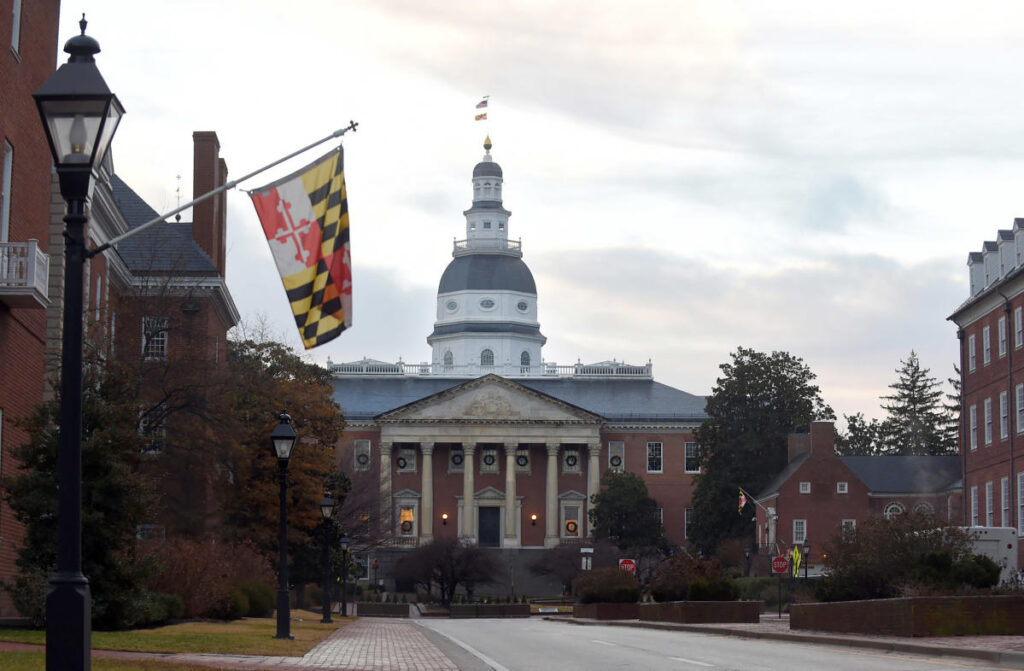In Maryland, new legislation set to take effect signifies a pivotal shift in juvenile justice, particularly affecting children aged 10 to 12. Under the recent changes initiated by House Bill 814, youngsters can now face criminal charges for various offenses, including firearms-related crimes and aggravated animal cruelty, a move that advocates argue aims to correct perceived deficiencies in the juvenile justice system. Additionally, children younger than 13 accused of car theft will be subject to Children in Need of Supervision (CINS) petitions, directing them to juvenile courts for guidance rather than strict penalties. While proponents, such as Baltimore City State’s Attorney Ivan Bates, emphasize that the adjustments are essential for accountability and timely access to services for youth, critics express concern that these measures could reinforce a punitive approach rather than focusing on rehabilitation and community support.
The legislative changes, articulated within a contentious package during the 2024 General Assembly session, arise from statistics showing a spike in youth crime, particularly car theft, seemingly exacerbated by social media trends. Advocates for the law argue it recognizes the need for earlier interventions, while dissenters question the impact of these new policies, particularly in relation to marginalized communities. The changes counter previous reforms that had raised the minimum age for juvenile charges — suggesting a regressive trajectory for juvenile justice in Maryland. Critics, including members of the Maryland Youth Justice Coalition, argue for the importance of community-based support systems rather than punitive measures, highlighting that effectively addressing youth behavior requires adequate resources and funding aimed at rehabilitation.
Heather Warnken from the University of Baltimore Law School cautions against the potential pitfalls of this reactive legislative approach. She emphasizes the necessity of examining data concerning the outcomes of juvenile arrests and the implications of such laws, particularly regarding racial disparities in treatment and consequences within the justice system. This apprehension follows patterns identified in punitive policies that may result in increased detentions without addressing underlying issues affecting young offenders. Advocates for reform argue that it is crucial to ground policy changes in empirical data and evidence demonstrating what genuinely benefits youths and the community at large.
Further complications stem from community safety concerns, as the legislative package highlights escalated fears surrounding youth gang involvement and street crime. Despite a decrease in violent offenses in Baltimore City, residents continue to express unease, prompting lawmakers to implement these more stringent measures. Supporters argue that engaging younger individuals in the justice system for less severe offenses may preempt future issues. However, critics maintain that more holistic and preventive measures should be prioritized over punitive approaches that could perpetuate a cycle of trauma, particularly among disadvantaged youth demographics.
Among the new provisions, the introduction of CINS petitions for car theft indicates a systemic redirection towards behavior correction rather than punishment. The process entails juvenile court involvement but aims to provide a pathway for treatment and rehabilitation, rather than criminal charges alone. Additionally, the formation of a Commission on Juvenile Justice Reform signals some acknowledgment of the need for a comprehensive review and potential restructuring of Maryland’s juvenile services, suggesting some interest in collaborative strategies involving local organizations and experts.
Further statutes, including expanded oversight capabilities for judges over probation terms and mandatory policies for school boards regarding juvenile offenders, indicate a multifaceted approach to tackling juvenile issues. Crucially, the expanding framework hopes to incorporate educational adjustments for youth on sex offender registries and programs like the Thrive Academy, which focuses on at-risk youth. The ongoing discourse surrounding these legislative changes emphasizes a critical juncture for the future of juvenile justice in Maryland, raising questions about the balance between accountability and supportive services for young individuals. The challenge ahead will be to ensure that any new legal frameworks genuinely promote effective rehabilitation while prioritizing the holistic needs of children in the justice system.

